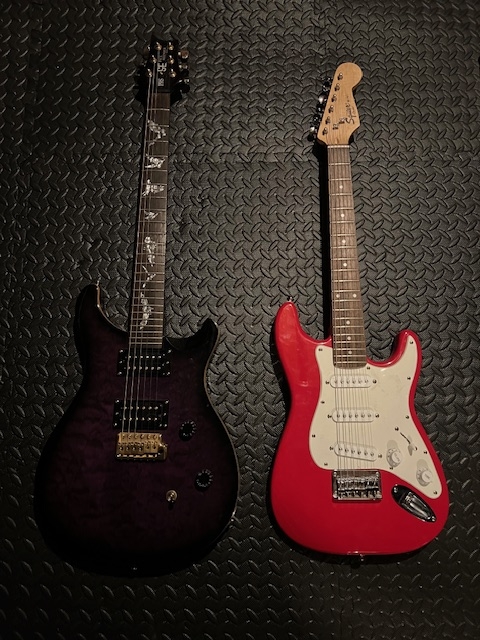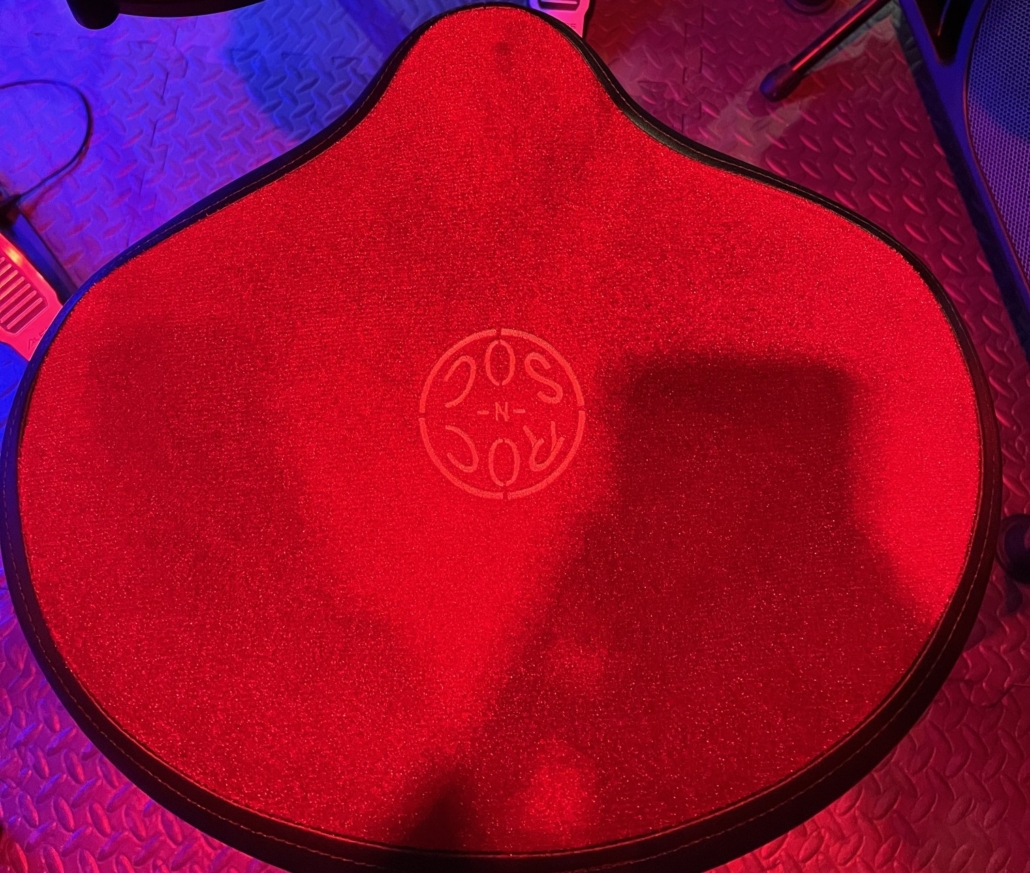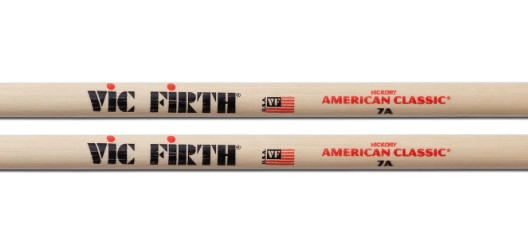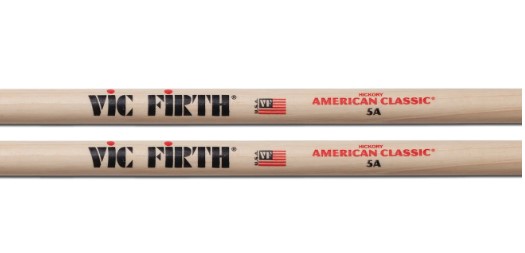Metal or a Glass Slide?
Metal vs. Glass Slides: A Blues Showdown
The slide guitar is a cornerstone of the blues sound, conjuring up images of dusty Delta juke joints and smoky Chicago clubs. But should a blues guitarist use a metal or a glass slide? Each material has its own unique sonic and playing characteristics, and the choice ultimately comes down to personal preference.
Metal Slides: Bright and Bold
Metal slides, typically made of steel or brass, are known for their bright, articulate tone. They produce a clear, bell-like sound with plenty of sustain, making them ideal for cutting through a mix and adding bite to your solos. Metal slides are also relatively durable and less prone to breakage than glass slides.
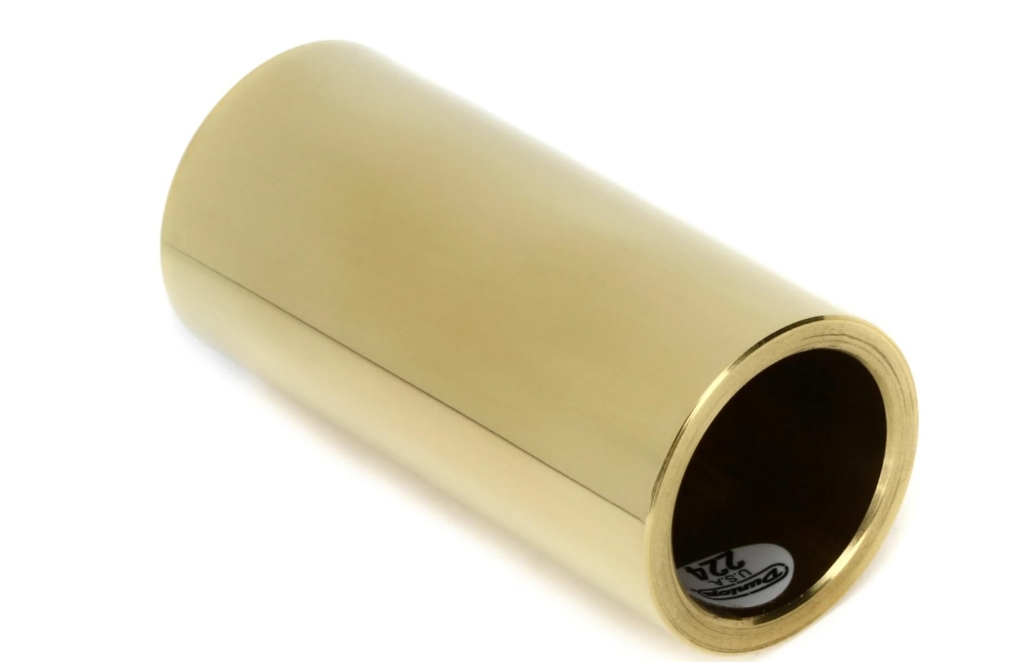
The Dunlop 224 Brass Slide
Some popular metal slide options include:
- Dunlop 222: A classic medium walled brass slide with a bright, piercing tone.
- Dunlop 224: A heavy walled brass slide with a warmer, smoother sound than steel.
- Fender Steel Slide: A heavy-duty steel slide with excellent sustain.
Glass Slides: Warm and Sweet
Glass slides offer a warmer, more mellow tone than metal slides. They tend to emphasize the fundamental frequencies of the notes, resulting in a rounder, woodier sound that’s perfect for slow blues and bottleneck playing. However, glass slides are also more fragile than metal slides and can break if dropped.
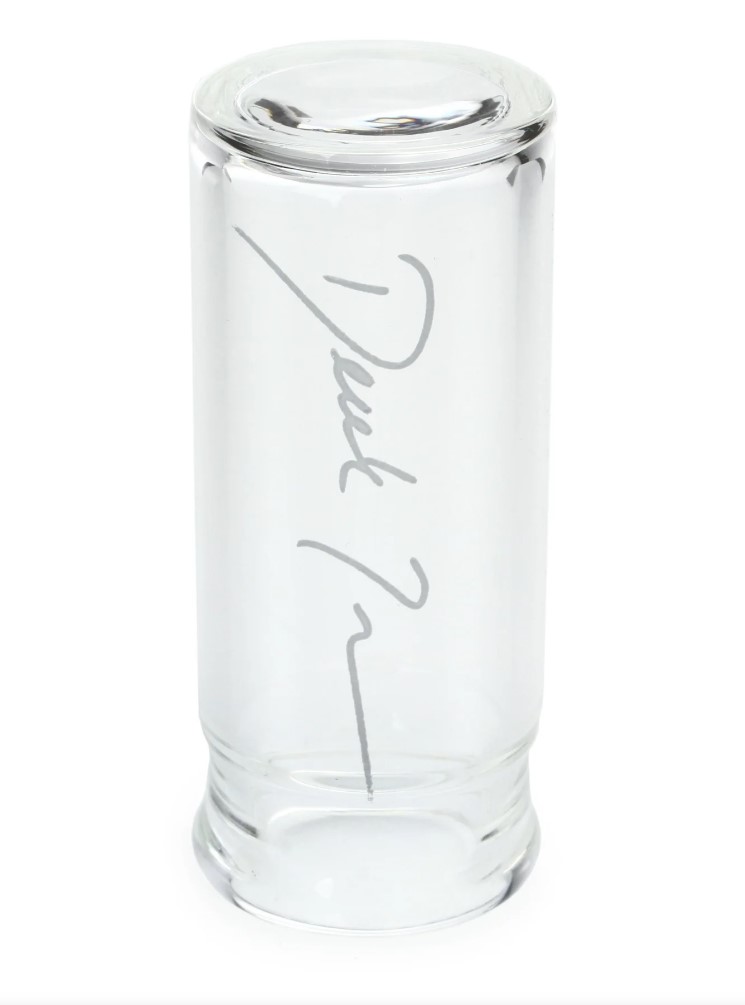
The Derek Trucks Glass Slide
Some popular glass slide options include:
- Pyrex Slide: A classic glass slide with a smooth, even tone.
- Dunlop Derek Trucks Bottleneck Slide: A thick-walled glass slide with good sustain and durability.
The Verdict: It’s All About You
There is no right or wrong answer when it comes to choosing between metal and glass slides. The best slide for you is the one that you like the sound and feel of the most. Experiment with different materials, thicknesses, and weights to find the perfect slide for your blues playing.
Here are some additional factors to consider:
- Playing style: Do you prefer a bright, aggressive sound or a warm, mellow sound?
- Guitar type: Metal slides tend to sound better on electric guitars, while glass slides can work well on both acoustic and electric guitars.
I hope this gives you a good starting point, please let me know if you have any other questions.

